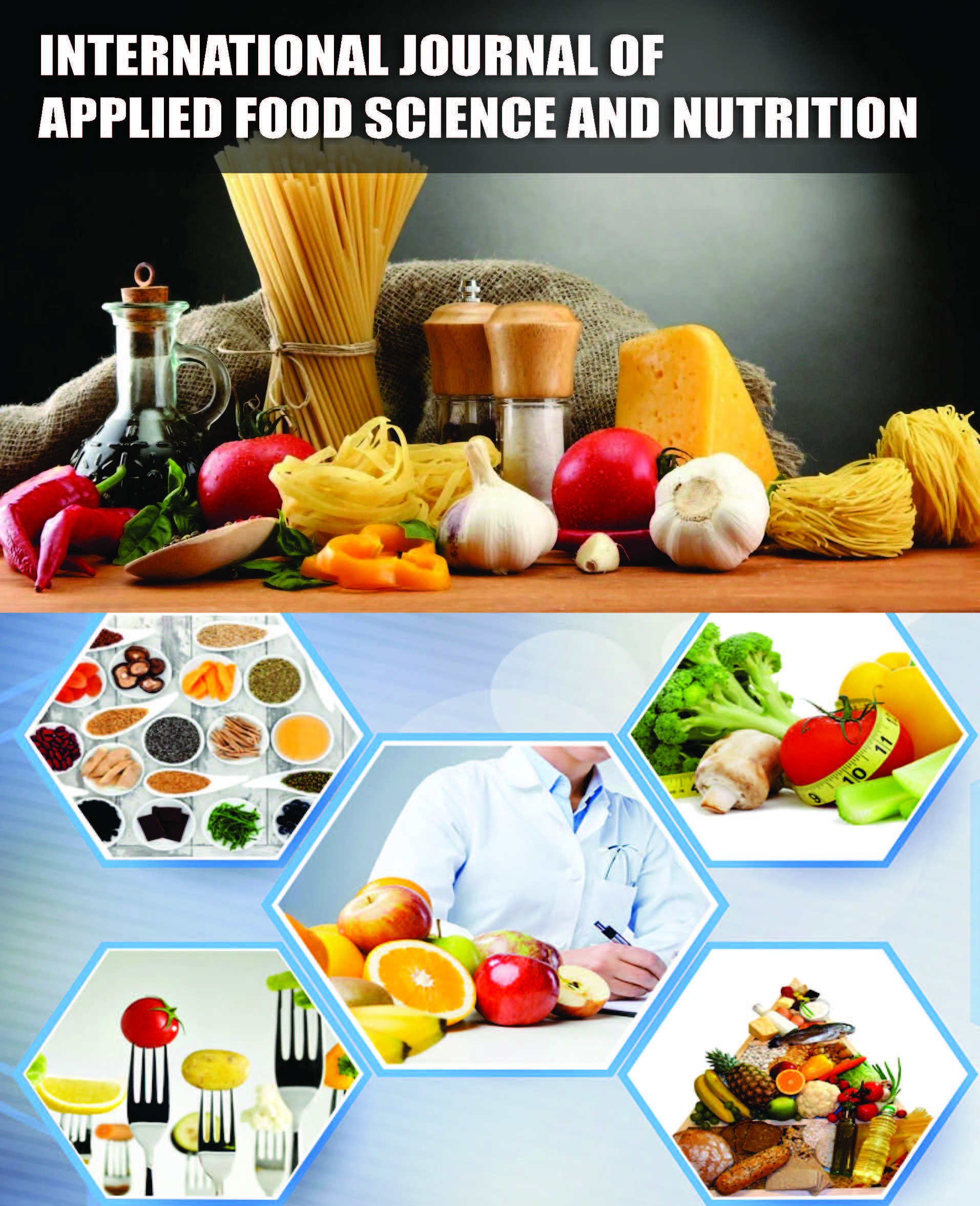International Journal of Applied Food Science and Nutrition
Exploring Alternatives to Traditional Huangjing Processing Methods with Mixed-Culture Fermentation and its Mechanisms
Abstract
Wenjing Gao, Yangchen Mao, Zhenzhen Wang, Ruyi Sha, Min Cai and Jianwei Mao
Huangjing, as the dried rhizome of Polygonatum sibiricum, is widely distributed and used in traditional medicine and food in China. However, it needs to be processed before direct consumption as it has a numbness and irritant sensation. In this study, a mixed-culture fermentation of huangjing with yeast and Rhizopus was performed and the supernatant of the broth was obtained for analysis. It was found that after 72h fermentation, the numbness totally disappeared and the sense of bitterness was also largely reduced. In addition, fermentation reduced the level of total saponins (P < 0.05), which was suggested to account for the numbness.
In terms of safety, the concentration of methanol in the FB group decreased to 0.5 mg/mL after fermentation at 25°C. There were only cadaverine (3.52 μg/mL) and tyramine (6.13 μg/mL) can be detected among biogenic amines in the FB group, indicating the good safety. The fermentation also exhibited a significant rise (P < 0.05) in the abundance of certain nutritional metabolites and three delicious amino acids (glycine, alanine and proline). Fermented huangjing also exhibited a better antioxidant effect in ABTS scavenging as well as regulating MDA content and SOD activity. These data indicated that a mixed-culture fermentation of huangjing with yeast and Rhizopus possessed large potential as an alternative method to replace the traditional consumption way.

